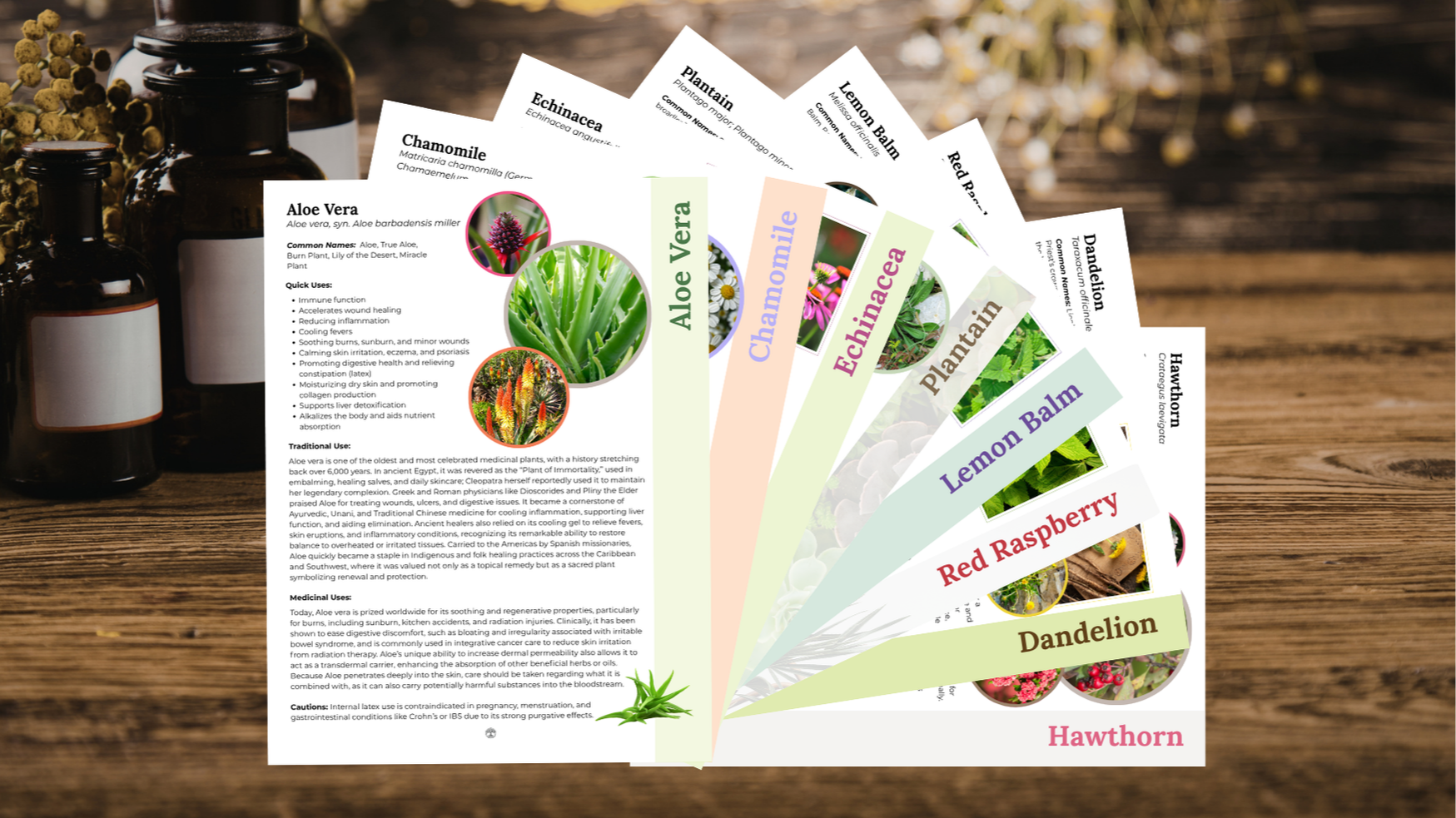
Jungle Rx: How Animals Self-Medicate with Nature’s Pharmacy
Apr 30, 2025
Wild Wisdom
Have you ever seen a dog munching on grass or a cat nibbling a houseplant and thought, What are they up to? It might seem like quirky pet behavior, but it’s actually a sign of classic animal intuition. Pets often do this to aid digestion, soothe an upset stomach, or even prompt vomiting when something doesn’t sit right. As it turns out, animals around the world have long tapped into a truth we're only beginning to fully grasp: the natural world is rich with medicine—and they instinctively know how to use it.
Self-Medicating Chimps & Wounded Orangutans
One of the most fascinating recent discoveries came out of Uganda, where wild chimpanzees were caught in the act—not of mischief, but of medicine. Researchers found that when these chimps weren’t feeling well, they would seek out specific bitter, medicinal plants not typically part of their diet. Tests later confirmed that most of these plants had antibacterial, antifungal, and anti-inflammatory properties. That’s right—these chimps were treating their own illnesses. They even select specific plant parts for specific ailments!
Capuchins monkeys in Central America engaged in “fur-rubbing” with citrus, chilies, and certain leaves. It’s more than grooming—it’s natural pest control and possibly an antimicrobial treatment.
Then there’s Rakus, the Sumatran orangutan who made headlines around the world. After getting a nasty cut on his cheek—possibly from a fight—Rakus was seen chewing the leaves of a local medicinal vine (Fibraurea tinctoria, known for its healing alkaloids), and then applying the green mush (like a poultice) directly to his wound. Days later, the wound showed signs of healing without infection. It’s the first time scientists have witnessed a wild animal treating an open wound with a medicinal plant. Wild, right?
The Jungle Pharmacy
Not to be outdone, lemurs in Madagascar use local plants as a kind of jungle bug spray. They’ll chew up certain leaves and rub the mixture into their fur to repel parasites. (Imagine if your shampoo also doubled as mosquito repellent!)
And even ants get in on the action. In a recent study, ants infected with a deadly fungus were seen choosing food laced with hydrogen peroxide—a substance toxic in high doses, but useful in fighting infection. As if that weren't facinating enough, the healthy ants steered clear of the contaminated food. Talk about smart medicine.
We’ve Been Watching
Humans have actually learned a lot about plant medicine by watching animals. Ancient healers often observed what plants animals turned to in times of illness, then tested those same herbs for human use. This kind of wild wisdom helped lay the foundation for traditional herbal systems—and even some modern pharmaceuticals.
PBS’s Nature series has touched on this topic, as have scientists and herbalists all over the world. Turns out, we’re not the only species with a pharmacy in nature.
What Can We Learn?
Animals have an incredible instinct for healing, often turning to nature's pharmacy with a wisdom that feels both ancient and awe-inspiring. These stories remind us that the natural world holds countless medicinal secrets—many still waiting to be uncovered. They also call us to reconnect with the ancestral knowledge that once guided humans to use plants for wellness, long before modern medicine took root.
At Its In Our Nature, we’re all about reconnecting with nature. And sometimes, that means learning from the creatures who never left it.
Fun Fact: The scientific study of animal self-medication is called zoopharmacognosy. It’s a growing field helping us understand how animals interact with nature’s medicine.
Author: Kristi Taylor is a Master Herbalist and Natural Healing Guide.
Resourses:
How humans learned to self-medicate with certain plants by observing animals | PBS News



